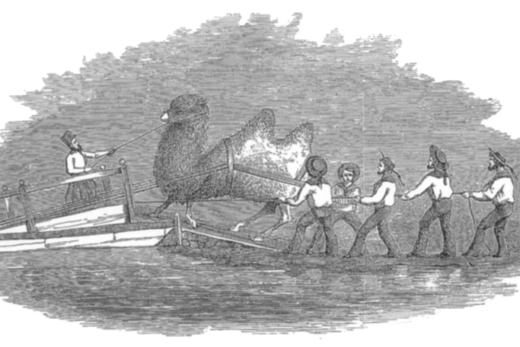By late September, 2020, NASA had built some remarkable images (using the latest remote sensing technologies) displaying how our biomass in California was burning into the atmosphere. They show West Coast smoke plumes as they were steered by surrounding pressure and wind systems and transported east. We must share these colorful images from that three day period, marking the end of our record heat and wind storms during the middle of September. Though we just attached this mini story to the bottom of our much longer previous story on the record heat, wind, and wildfires, it deserves a temporary shout out and spotlight here.

(A host of satellite imagery technologies were used to build these images. Black carbon from the west coast fires data comes from the GEOS forward processing (GEOS-FP) model, which assimilates information from satellite, aircraft, and ground-based observing systems.)
Source: “NASA Earth Observatory images by Joshua Stevens, using GEOS-5 data from the Global Modeling and Assimilation Office at NASA GSFC and VIIRS data from NASA EOSDIS/LANCE and GIBS/Worldview and the Suomi National Polar-orbiting Partnership.”
Now, we encourage you to go back to our previous and more lengthy story that covers the weather systems and fires of August and September, 2020 in more detail.






